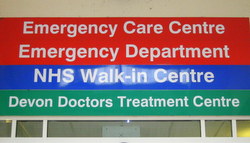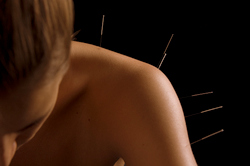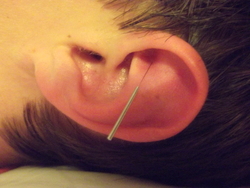
Authors of an American systematic review have found acupuncture to be effective for acute pain in the hospital emergency department setting. Meta-analyses were performed on data from 14 randomised controlled trials covering a total of 1210 patients. The trials compared acupuncture with sham, acupuncture with standard analgesia, and also examined acupuncture as an adjunct to standard care.
Acupuncture was more clinically effective than sham, and comparable with conventional drug therapy for acute pain. It was also associated with improved patient satisfaction, lower costs and fewer adverse effects. There was limited evidence suggesting superior results may be achieved when adding adjunctive acupuncture to standard analgesia.
(Does acupuncture have a role in providing analgesia in the emergency setting? A systematic review and meta-analysis. Emergency Medicine Australasia, 26 July 2017 epub ahead of print.)
The largest ever pragmatic, randomised trial looking at acupuncture undertaken in hospital emergency departments, has found it is a safe and effective alternative to conventional drugs for acute pain. A total of 1964 patients presenting at four Melbourne hospitals with back pain, migraine and ankle sprain, were randomised to receive acupuncture, acupuncture plus analgesics, or analgesics alone. All patients had to complain of pain rated a minimum of 4 on a 10-point verbal scale. Although neither drugs nor acupuncture offered clinically relevant pain reduction within an hour, patients found either treatment acceptable. The effectiveness of acupuncture was comparable with that of drugs.
(Acupuncture for analgesia in the emergency department: a multicentre, randomised, equivalence and non-inferiority trial. Medical Journal of Australia, 2017.)

 Researchers in York funded by the National Institute for Health Research, have assimilated evidence from high-quality trials of acupuncture for chronic pain, including neck and lower back pain, osteoarthritis of the knee, and headache and migraine. Altogether, nearly 18,000 patients were included.
Researchers in York funded by the National Institute for Health Research, have assimilated evidence from high-quality trials of acupuncture for chronic pain, including neck and lower back pain, osteoarthritis of the knee, and headache and migraine. Altogether, nearly 18,000 patients were included. 
